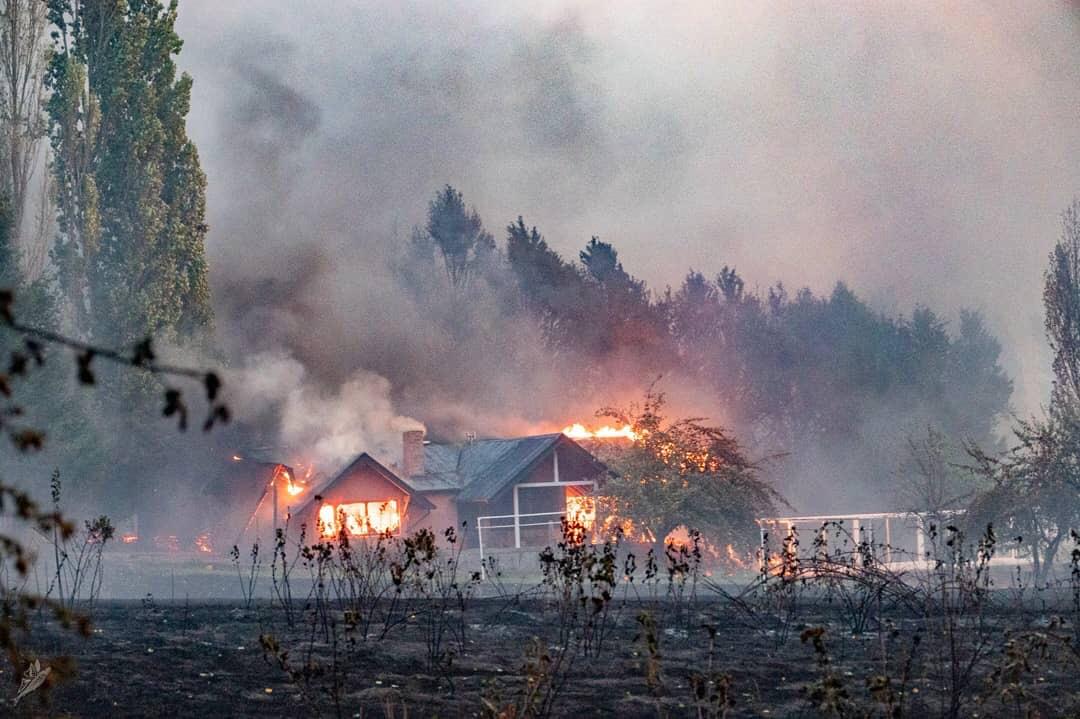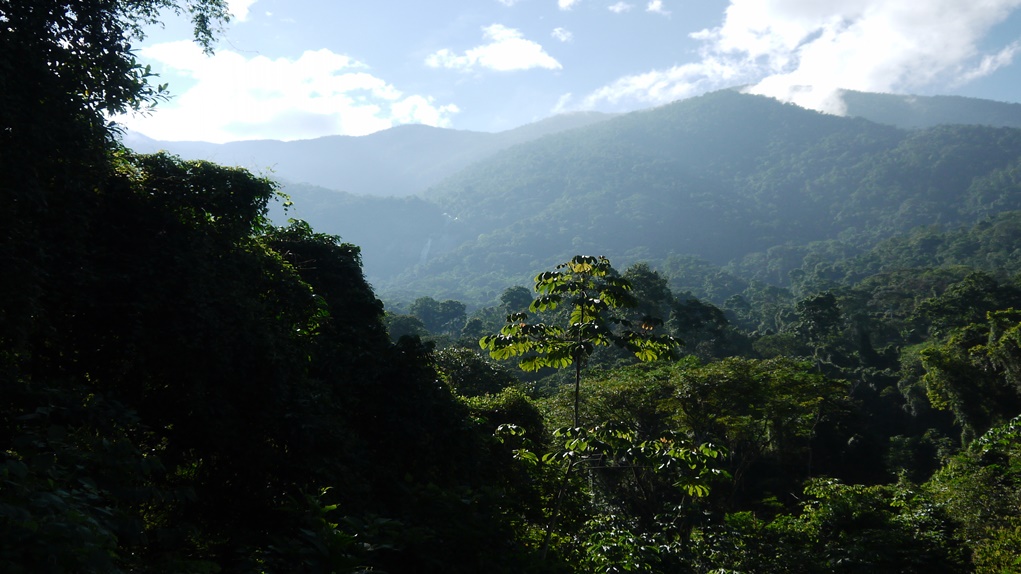windmills
Well-known member
If you believe there is Indica being grown en masse in Colombia, or ever was, you are smoking something much stronger than cannabis, and should quit. Very obviously, you have never been to, or spent any time there. At all. As a reminder, below is a post that discusses the extremely brief history of Indica in South America, in 1980, in Argentina only, to be exact. No where near Santa Marta, or for that matter, anywhere else in Colombia. Having lived and visited Colombia yearly for about 50 years, you could not be any more mistaken and clueless in your observations than you are regarding factual knowledge of cannabis growing there. And, you will find on the joke Phylos, whatever it is that you, or the next person seeks. There is no authentication, or double blind check, on anything they have done. Cheers
The first indica in South America in modern times is a strain called Epuyén which was grown at Lake Epuyén area which is a microclimate
Seeds were brought by french sky instructors around 1980. It made a revolution locally because it was the first time they could finnish a plant properly in that area. Until then what the hippies grew were paraguayan and colombian sativas which never flowered. So they were smoking a couple of pistils, the leaves and making tea with the roots
This Epuyén strain is a short plant of about 0,90 cms-1 mt tall. It is held very tight and not shared by the family
Pictures from that time are all gone, burnt because it was a very difficult time of extreme right fascist dictatorships supported by Usa in the area and people got killed and vannished for growing a plant
Thanks for posting your hash links, very interesting and enlighting
windmills
Very interesting article, and thanks that you brought this up. When I was a growing up and living in an embassy through my teens in Bogota, we never heard of, or saw, any Cannabis Indica plants or strains. It was all Cannabis Sativa. I first saw and heard of Indica upon arriving back in the EU, when I was exposed to hashish, and much later on, to Afghanistan Indica plants and hybrids. The article states that the very first Cannabis Indica, in all of South America, arrived in Epuy'en, Argentina, in 1980, which is in the far southern part near the Pacific Coast. Far closer to Antartica, than the Carribean, where the High Times article on this thread states it was being grown. This confirms that there was no Indica in Colombia during 1980, or before. And it states it did not last long there either. And, the plants were 1 meter, about 3 feet tall. Hardly a size you would want for a commercial cannabis enterprise. Cheers
Last edited:






 ! I´m from Argentina too
! I´m from Argentina too


